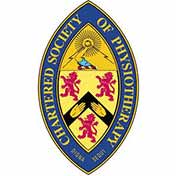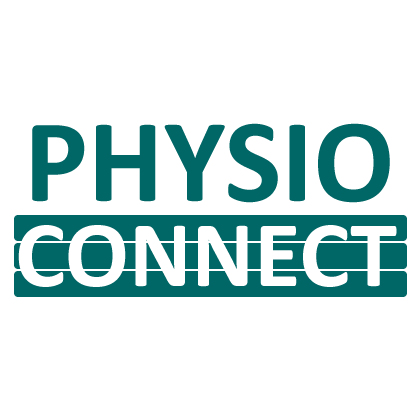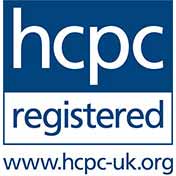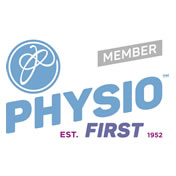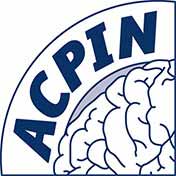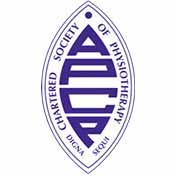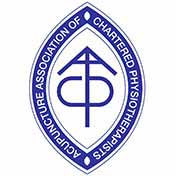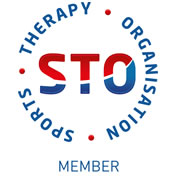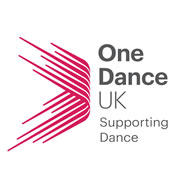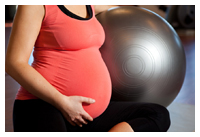 Women often experience pains and musculoskeletal problems relating directly to their pregnancy, both ante and post-natal. Some of these problems may hamper normal movement during pregnancy, and may persist post-natally making coping with a new baby and indeed, a return to normal activities difficult.
Women often experience pains and musculoskeletal problems relating directly to their pregnancy, both ante and post-natal. Some of these problems may hamper normal movement during pregnancy, and may persist post-natally making coping with a new baby and indeed, a return to normal activities difficult.
It is easy to dismiss musculoskeletal problems as “just being part of pregnancy”. However certain conditions and symptoms can be significantly improved and some even completely resolved with the correct treatment, making the whole of the pregnancy experience and the post natal period less of a struggle.
Ante-Natal problems:
Low back pain
This may be caused by the increased inward curve (lordosis) of the lumbar spine as the body's centre of gravity moves forwards as the weight of the baby increases. The muscular effort required to support this change increases in the large muscles either side of the spine, leading to muscle tightness and aching. The change to the curve of the lumbar spine can also cause aggravation to the joints of the lower back. In addition, hormonal changes (release of relaxin) mean that the supporting ligaments become slightly 'looser' than before, leading to general joint instability. This may affect the way in which the spine moves and is supported during activity. As your bump grows, the abdominal and pelvic floor muscles also stretch, resulting in reduced support of the spinal column which may further increase abnormal stresses throughout the lower back and cause pain.
Sacroiliac Joint pain and Symphysis Pubis pain
During pregnancy, widening of the pelvic ring occurs in order to accommodate the growing baby. This process is assisted by the presence of relaxin, one of the hormones released during pregnancy. This hormone affects the ligaments around the pelvis allowing the sacroiliac joints (at the back) and the symphysis pubis (at the front) to effectively 'loosen' to accommodate the changes and to prepare for labour. Unfortunately, this can cause a relative instability of these joints, leading to pain in these areas. Favouring one leg during activity, leaning on one leg more when standing and crossing your legs when sitting can aggravate this problem.
Thoracic pain
Pain around the shoulder blades and the mid back can result from the widening of the rib cage as the baby grows, and also from incorrect postures in response to the changing shape and weight of the body.
Rectus Diastasis
As the abdominal muscle wall stretches throughout pregnancy, the rectus abdominis muscle can separate into right and left halves due to the growing uterus beneath. This can occur to varying degrees and is not usually a painful presentation. Strenuous abdominal exercises during pregnancy can increase the amount of separation and should therefore be avoided. No treatment is necessary whilst you are pregnant, but specific exercises under appropriate guidance post-pregnancy can help to bring the muscle back together.
Bladder leakage
Approximately one third of pregnant ladies can experience bladder leakage at any stage during their pregnancy. When an individual sneezes, coughs, laughs or runs, pressure builds instantly within the abdomen, and consequently around the bladder, causing it to be suddenly squeezed. The pelvic floor muscles normally help to support the bladder when this happens by closing it off at the bottom. However, if your pelvic floor muscles are weakened, they will be unable to perform this function fully, and leakage or 'stress incontinence' may occur. During pregnancy, hormonal changes and progressive stretching of the pelvic muscles may lead to bladder leakage and, in some cases, this may continue after childbirth as the muscles remain weak and overstretched. Pelvic floor exercises, if done regularly, can reduce the risk of this happening.
Carpal Tunnel Problems
The carpal tunnel is an anatomical passageway at the wrist, through which several flexor tendons and the median nerve pass, supplying sensation and movement to a large part of the palm of the hand, thumb and fingers. Fluid retention and swelling during pregnancy can increase the pressure in the carpal tunnel causing compression of the median nerve. Symptoms may include numbness, tingling, pain or a dull ache in the fingers, hand and/or wrist, which may spread, even up into the arm as far as the shoulder. Both hands are commonly affected and symptoms can appear at any time throughout your pregnancy but are most common during the second/third trimester when fluid retention is greater. Symptoms usually clear after childbirth.
Morning Sickness
Nausea and/or vomiting associated with pregnancy can affect more than 50% of pregnant women. Sometimes it is present in the early hours of the morning and may reduce as the day progresses, but it can also persist for much of the day. It can vary between mild feelings of nausea to actual vomiting which may, in the severest of cases cause dehydration, weight loss and metabolic imbalances. Morning sickness can be one of the first signs/symptoms of pregnancy and usually begins around the 6th week. For most women, it may cease at about week 12 of pregnancy, though may continue after that period. The cause is thought to be linked to changing hormone levels which do not settle until the placenta takes over the job of nourishing your baby at around 12-14 weeks.
Common Post-Natal physical problems:
Persistent back and pelvic pain
Back and pelvic pain is extremely common post-pregnancy, not only due to the stresses placed on the body throughout the ante-natal period and during labour, but also because of the residual changes in muscle tension and control in the lower back and pelvis following childbirth.
Altered posture, weak and overstretched core muscles, incompetent pelvic floor muscles, and the demands placed on the body in looking after a new baby, can all contribute to ongoing pain.
Persistent bladder leakage
Not surprisingly, following the stresses of pregnancy and labour, the muscles that help to give support to the bladder are less than adequate. This problem can be both inconvenient and embarrassing for ladies and, in some cases, if the appropriate muscles are not retrained, can continue as a chronic problem.
Pain on return to sport
This is an important area to mention as a post-natal problem. Understandably, some ladies are keen to return to sport and exercise as soon as possible having had their baby. This may be due in part to the urge to resume the activities that they were unable to do and have missed whilst they were pregnant (such as running and aerobics classes), and also partly to the desire to regain their figure and lose their baby weight. However, premature return to higher level impact activities can place significant stresses on the joints and soft tissues that have been altered during pregnancy and, without adequate control from the core muscles and pelvic floor, injuries can easily occur. Women who experience abdominal diastasis during their pregnancy must also be very careful when returning to exercise.
It is advised that ladies do not do any form of exercise, other than gentle walking until they are 6 weeks post labour, usually following their 6-8 week post-natal check-up. This allows the pelvic floor muscles that have been traumatised through labour time to settle and heal sufficiently to cope with activity. For ladies that have had a Caesarian section, the delay in returning to certain levels of activity will be longer, in order to protect the wound and healing abdominal tissues. Return to activity, when this is appropriate, should include specific core and pelvic floor muscle retraining, with an emphasis placed on restoring normal muscle firing of these groups before more strenuous demands are placed on the body.
Once the core and pelvic muscles are retrained, exercise levels can then build steadily on top of a foundation of well functioning muscles which support the spine and pelvic joints, enabling normal movement during sport.
Physiotherapists can play a vital role in educating mums-to-be and new mums regarding how to address postural issues, muscle training and return to activity both before and after having a baby. Specialist knowledge of ante and post-natal musculoskeletal problems is essential if this advice is to be provided safely. Acupuncture may also be useful in alleviating morning sickness, pain and other problems relating to pregnancy. For more information regarding this service, please see the section on Acupuncture.
Here at PEAK Physiotherapy Limited, we are delighted to be able to offer specialist ante and post-natal services at our clinics. We are also proud to support and work in association with the Pelvic Partnership, www.pelvicpartnership.org.uk.

